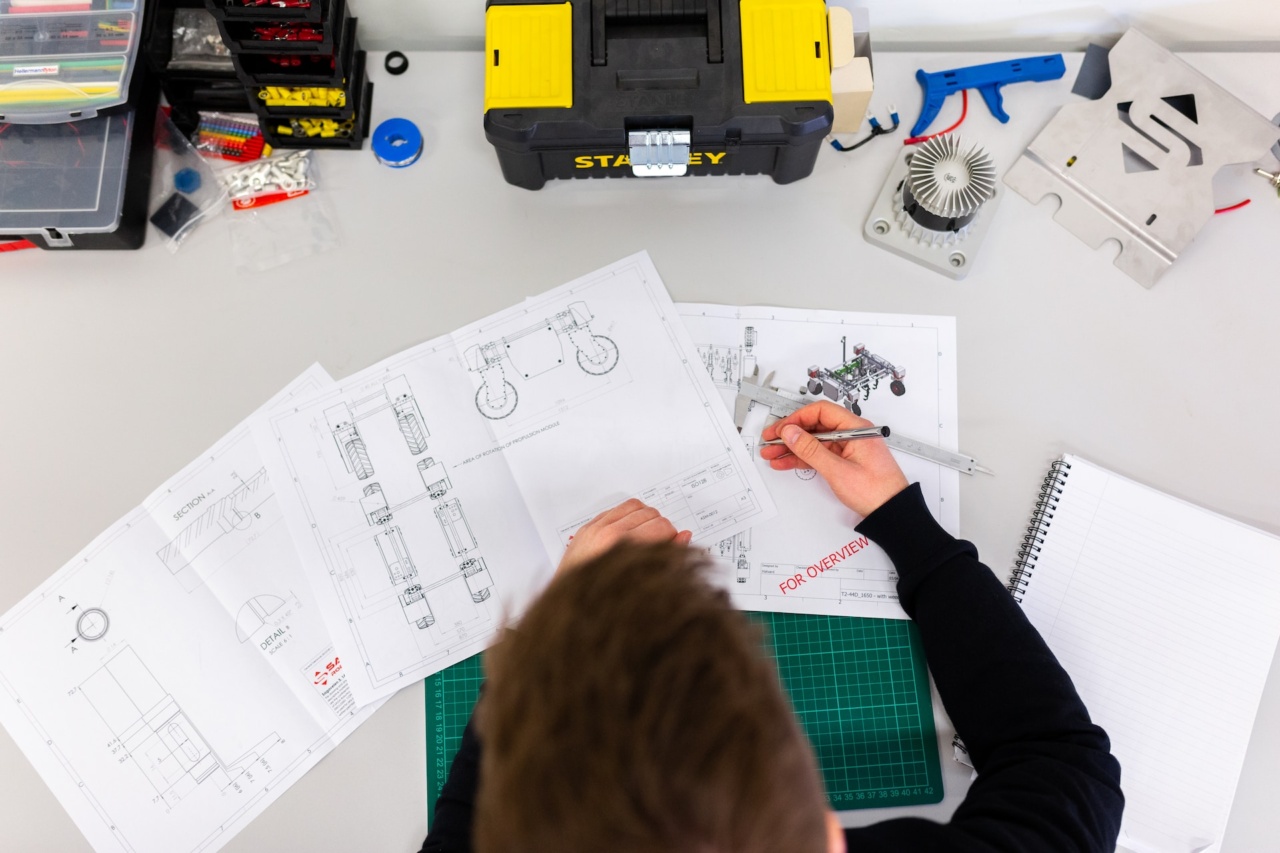Subject Spotlight: Aeronautical & Aerospace Engineering
What is Aeronautical & Aerospace Engineering?
Welcome to the thrilling world of Aeronautical & Aerospace Engineering, a field that combines creativity with technical expertise to design, develop, and improve aircraft and spacecraft. If you’re fascinated by the mechanics of flight and space exploration, this could be the perfect path for you. This discipline offers an opportunity to contribute to cutting-edge technology and make significant advancements in air and space travel.
Aeronautical & Aerospace Engineering is a branch of engineering that focuses on the design, development, testing, and production of aircraft and spacecraft. It’s divided into two main branches: aeronautical engineering (concerning aircraft within the Earth’s atmosphere) and aerospace engineering (including both aircraft and spacecraft).

Why Study Aeronautical & Aerospace Engineering?
Studying Aeronautical & Aerospace Engineering offers several benefits:
- Innovation: The field is at the forefront of technological advances, offering opportunities to contribute to ground-breaking work.
- Career Opportunities: Graduates can find jobs in a variety of industries, including aviation, defence, and space exploration.
- Global Impact: Work in this field has the potential to influence global travel and space exploration significantly.
What’s it like to study Aeronautical & Aerospace Engineering?
Studying Aeronautical & Aerospace Engineering involves a combination of theoretical learning and practical application. You’ll learn about aerodynamics, propulsion systems, structural analysis, materials science, and avionics. Expect to engage in laboratory work, computer simulations, and design projects.
What Can You Do with an Aeronautical & Aerospace Engineering Degree?
A degree in Aeronautical & Aerospace Engineering can open up a variety of exciting career paths. This field is continuously evolving, and professionals are needed to drive innovation and progress. Here are some potential careers:
- Aerospace Engineer: Aerospace engineers design, develop, and test aircraft and spacecraft. They often specialise in areas such as structural design, navigation, control and guidance systems, or production methods.
- Aircraft Designer: Aircraft designers focus on designing aircraft systems and components. They use advanced software tools to create efficient, safe, and reliable designs that meet customer requirements and regulatory standards.
- Flight Test Engineer: Flight Test Engineers plan, execute, and report on flight tests to verify and validate the performance and safety of new or modified aircraft. They work closely with pilots, mechanics, and other engineers.
- Propulsion Engineer: Propulsion engineers design and test engines and propulsion systems for aircraft and spacecraft. They work on improving the performance, efficiency, and environmental impact of these systems.
- Avionics Engineer: Avionics engineers focus on the electronic systems used on aircraft, satellites, and spacecraft. They may work on communication systems, navigation systems, or flight control systems.
- Spacecraft Designer: Spacecraft designers work on the design of various types of spacecraft, from satellites to interplanetary probes. They need a broad understanding of many different fields, including physics, materials science, and systems engineering.
- Researcher: Many Aeronautical & Aerospace Engineering graduates go into research, working on innovative new technologies and materials, or exploring fundamental scientific principles related to flight and space travel.
- Academic: Some graduates choose to stay in academia, teaching the next generation of Aeronautical & Aerospace Engineers and conducting research.
Each of these roles requires a solid foundation in Aeronautical & Aerospace Engineering principles, strong problem-solving abilities, and a keen eye for detail. As you progress in your career, you might also consider further professional qualifications to specialise in your chosen field.

Professional Bodies for Aeronautical & Aerospace Engineering
Professional bodies like the Royal Aeronautical Society (RAeS) and American Institute of Aeronautics and Astronautics (AIAA) offer resources, networking opportunities, and professional development for those in the field.
Careers for Aeronautical & Aerospace Engineering Graduates
Graduates can find work in the aviation industry, defence sector, space agencies, research institutions, and more. Roles might involve designing aircraft, developing new technologies for space exploration, or improving the efficiency of aviation operations.
Skills that Aeronautical & Aerospace Engineering Students Need
Students in this field need strong mathematical and analytical skills, a good understanding of physics, creativity, problem-solving abilities, and excellent attention to detail.
Typical Degree Titles that are Aeronautical & Aerospace Engineering Focused
Common degree titles include
- Bachelor of Engineering in Aeronautical Engineering
- Bachelor of Science in Aerospace Engineering
- Master of Aeronautical Engineering
- Master of Aerospace Engineering
By completing an NCUK qualification, you have access to a wide range of Aeronautical & Aerospace Engineering courses with our University Partners. Find more information about the wide range of courses, the universities offering them and the entry requirements using our course finder.